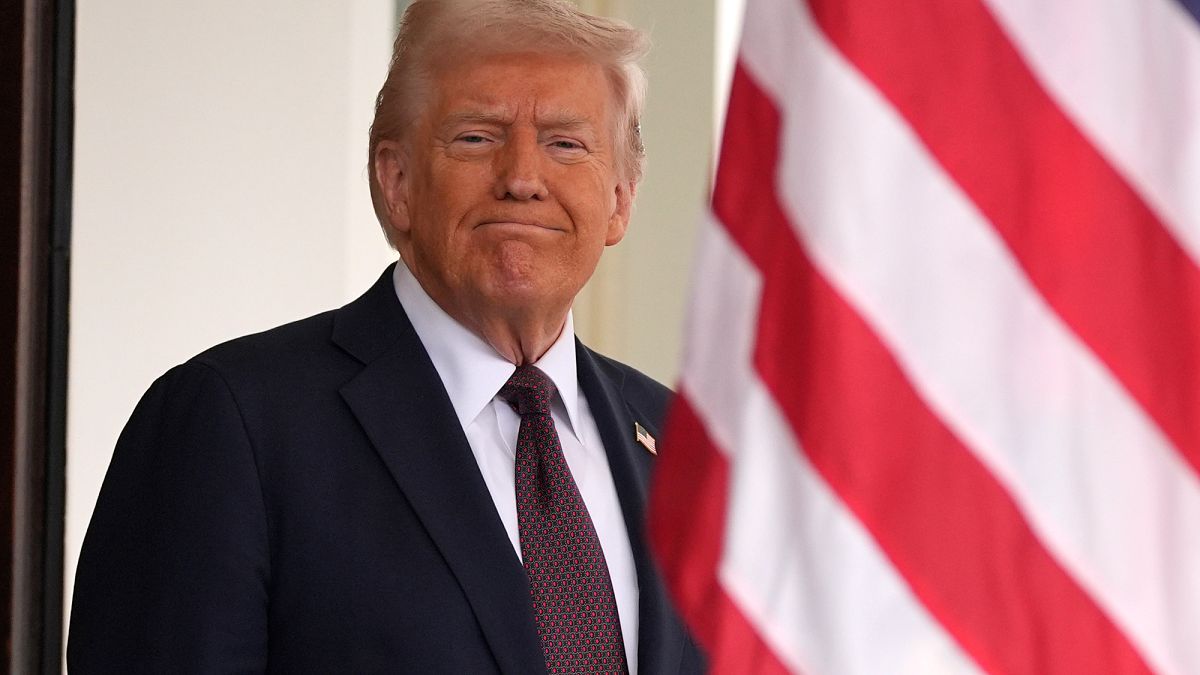
Title: Expansive US Trade Tariffs Raise Concerns of Global Chemical Sector Disruption
On April 2, 2025, US President Donald Trump announced a comprehensive new series of trade tariffs that analysts caution could cause significant economic harm across the global chemical sector. The newly adopted policy introduces a 10% baseline tariff on almost all US imports. Various countries will encounter much higher “reciprocal tariffs,” including:
– 20% tariffs for imports from the European Union
– 10% on goods from the United Kingdom
– 25% on South Korean imports
– 24% on Japanese goods
– A steep 54% total tariff on Chinese products, comprised of an existing 20% alongside an additional 34%
Though Trump positioned this action as a reactive measure to foreign tariffs and trade barriers impacting US exports, the changes are primarily rooted in bilateral trade deficit assessments. The increased tariffs have provoked immediate pushback from economists, industry executives, and international trade organizations, all expressing concerns regarding the policy’s extensive repercussions for already strained global supply chains.
📉 Chemical Sector in Jeopardy
No industry is likely to be affected more profoundly than chemical manufacturing and distribution. Already contending with a worldwide manufacturing downturn and post-pandemic supply instability, chemical firms now confront both higher input costs and uncertain market access.
“The repercussions of these tariffs are enormous,” states Eric Byer, president and CEO of the Alliance for Chemical Distribution (ACD). Citing an external economic study referenced by Byer, US chemical distributors might have to relay up to $1.25 billion in annual costs to consumers. This could result in increased prices for common household and consumer items, from cleaning products to canned drinks.
The expected repercussions go beyond mere cost hikes. Byer cautions that 8,500 jobs could be directly lost in the distribution sector, with an additional 40,000 impacted worldwide in related industries. “The lost earnings due to the tariffs would amount to approximately $2.5 billion annually,” he adds.
🧪 Reasons Chemicals Are Particularly Exposed
A fundamental problem resides in the configuration of the US chemical supply chain itself. Numerous raw materials utilized in chemical products, such as citric acid, are not sufficiently produced domestically. Manufacturing limitations resulting from stringent environmental regulations and the steep costs of US-based production have long fueled import dependence—a dependency now penalized by tariffs.
In addition, the US Society of Chemical Manufacturers and Affiliates (SOCMA) has underscored the looming risk of “deep uncertainty” for specialty chemical manufacturers, many of whom depend on niche inputs that are not available locally. “These inputs are frequently unattainable at scale within the US,” SOCMA observed, complicating manufacturers’ capabilities to absorb the tariff effects without increasing prices or reducing production.
Al Greenwood, deputy editor at ICIS, a consultancy focusing on chemicals and energy, agrees. “Chemical companies are already facing challenges; we are experiencing a manufacturing recession. This is not the moment to drive up their costs,” he remarks.
🌍 The Threat of Retaliation and Global Consequences
The announcement has elicited rapid reactions from US trading partners. The European Union and Canada are contemplating retaliatory measures aimed at US exports, particularly in the chemicals and plastics sectors. China has also signaled potential future reprisals, raising alarms about the prospect of an all-out trade conflict.
The German Chemical Industry Association (VCI) is advocating for solidarity among EU nations. “The US president has delivered yet another blow to the global economy,” remarked Wolfgang Große Entrup, managing director of VCI. “We express our disappointment with the US government’s decision. It is vital for all parties involved to remain calm.”
🏭 An Urge for Domestic Investment
In light of the tariffs, several multinational corporations are rapidly expanding their US operations to protect their supply chains and possibly win favor with the administration. Noteworthy recent commitments include:
– Johnson & Johnson promising over $55 billion in new US investments over four years
– Eli Lilly pledging $27 billion to expand its US manufacturing presence
– Merck planning a new $1 billion facility for vaccine production
These actions suggest a potential silver lining: improved domestic production capabilities. However, economic analysts quickly point out that such facilities will take years to become functional—and may arrive too late to balance the immediate challenges caused by the tariff increases.
📦 Insights from the Pandemic
Industry leaders are also drawing comparisons to the supply chain disruptions instigated by the COVID-19 pandemic. “We could encounter material shortages, price increases, and consumer repercussions akin to or worse than what we experienced in 2020 and 2021,” cautions Byer. With manufacturing slowdowns in Asia and ongoing global labor shortages, any added friction from tariffs might push fragile supply networks to their breaking point.
🧭 The Path Forward
While the White House has allowed for temporary exemptions for essential sectors such as pharmaceuticals, semiconductors, and specific minerals, the wide-ranging application of the 10